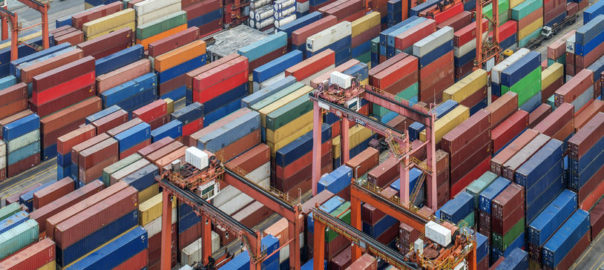Rupee Depreciation: Causes and Consequences

On June 28, 2018, the Indian rupee plunged to an all-time low of 69.10 against the US dollar amid growing concerns over tightening of global financial conditions and higher crude oil prices coupled with the worsening of domestic macroeconomic variables especially the current account balance and inflation.
The mad rush for dollar by importers and currency speculators was halted temporarily after the central bank, Reserve Bank of India, aggressively intervened in the currency markets by selling dollars in both spot and forward markets to arrest the slide in the rupee. If the RBI had not intervened in the currency markets on that day, the rupee…




